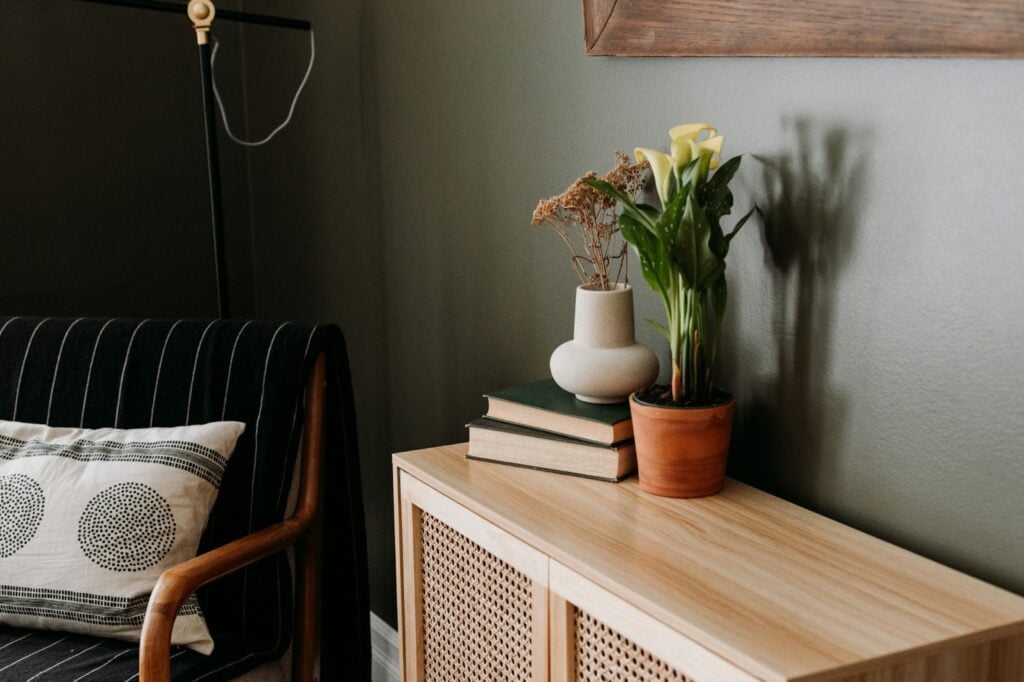Dust is one of those pesky household nuisances that seems to creep into every corner, no matter how much you clean. It’s made up of a mixture of dead skin cells, dirt, pollen, pet dander, and tiny fibres from furniture and fabrics – and it can have a significant impact on your health, especially if you suffer from allergies or asthma. While it’s nearly impossible to eliminate dust entirely, there are plenty of ways to reduce it and keep your home cleaner for longer. Here are 10 effective ways to reduce dust in your home:
1. Use Air Purifiers with HEPA Filters
Air purifiers equipped with HEPA filters (High-Efficiency Particulate Air) are incredibly effective at capturing dust particles in the air. They work by drawing in air and trapping particles like dust, pet dander, and pollen in a fine mesh. Place air purifiers in high-traffic areas like the living room or bedroom, and make sure to change the filters regularly to maintain optimal performance.
2. Keep Windows and Doors Closed
While fresh air is great, it’s also a common source of dust entering your home. On windy days or during pollen season, keep windows and doors closed to prevent outdoor dust and allergens from blowing inside. If you need ventilation, consider using a window screen to filter out some of the dust particles.
3. Vacuum with a HEPA Filter
Vacuuming is one of the best ways to get rid of dust, but not all vacuums are equally effective. Vacuum cleaners with HEPA filters trap dust particles rather than blowing them back into the air. Make sure to vacuum high-traffic areas at least once or twice a week, and don’t forget to use the vacuum’s hose attachment to clean along baseboards, corners, and under furniture.
4. Dust with Microfibre Cloths
Traditional feather dusters can just move the dust around, leaving it to settle back onto surfaces. Instead, use microfibre cloths or dusting mitts, which are designed to trap and hold dust. They’re far more effective than regular dusters and will help keep your surfaces cleaner for longer. Be sure to wash your microfibre cloths regularly to keep them working effectively.
5. Change Bedding and Curtains Frequently
Your bedding and curtains can attract and trap a lot of dust, especially if you live in a dusty area or have pets. Wash your bedding every 1-2 weeks, and clean your curtains or blinds at least once every few months. Consider using dust mite-proof pillow and mattress covers to reduce dust buildup on your bedding and sleep surfaces.
6. Minimise Clutter
Clutter is a major dust collector. Piles of books, magazines, and other items create more surfaces for dust to settle. Keep your home as clutter-free as possible by regularly donating or tossing out items you don’t need. Use storage bins, drawer organisers, or closed cabinets to store items you use regularly, reducing the number of open surfaces that can accumulate dust.
7. Wash Pets and Pet Bedding Regularly
If you have pets, they’re likely contributing to the dust problem in your home through their fur and dander. Bathing your pets regularly (every 1-2 weeks, depending on their breed) can help reduce shedding. Also, make sure to wash pet bedding and any fabric toys or accessories they use frequently to keep them clean and dust-free.
8. Install a Doormat at Every Entrance
A lot of dust and dirt is tracked into your home on shoes. Installing a doormat at every entrance can help reduce the amount of dirt entering your home. Encourage family members and guests to wipe their feet or even remove their shoes upon entering, particularly during wet or dusty months. You can also place an additional mat inside the door to catch any remaining dust or debris.
9. Maintain Humidity Levels
Dust tends to settle more in dry air, so keeping the humidity in your home at an optimal level can help prevent dust from floating around. Use a humidifier to maintain humidity levels between 40-60% – this helps reduce static electricity, which can cause dust particles to stick to surfaces. However, don’t overdo it, as excessive humidity can encourage mould growth, which is another allergen to watch out for.
10. Clean Floors Often
Regular floor cleaning is essential for reducing dust in your home. In addition to vacuuming, use a damp mop to wipe down hard floors. Wet mopping is more effective at capturing dust than dry sweeping, as it prevents dust from being kicked back into the air.
While it’s nearly impossible to completely eliminate dust, taking a few simple steps can significantly reduce its presence in your home. A combination of regular cleaning, humidity control, and strategic measures like air purifiers and high-quality filters can go a long way in minimising dust buildup. By incorporating some of these tips into your routine, you’ll enjoy a cleaner, healthier, and more comfortable home environment – free from dust and allergens.
Remember, consistency is key! Regular maintenance and mindful habits are your best defense against the relentless presence of dust in your living space.
